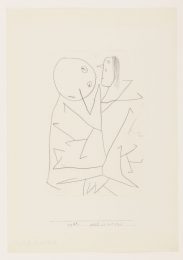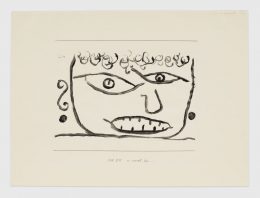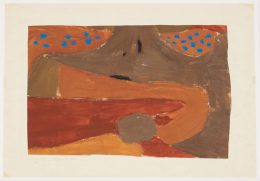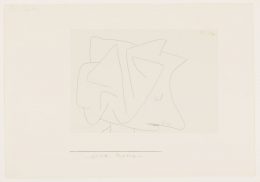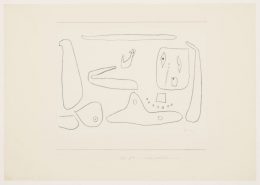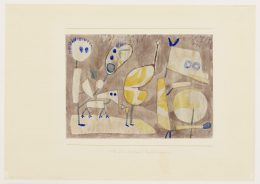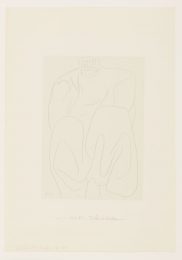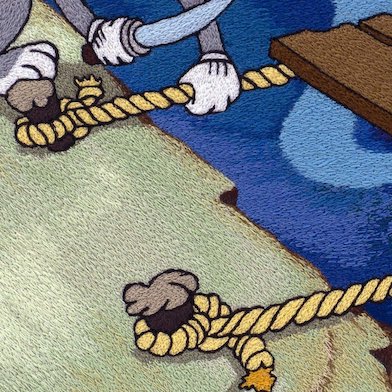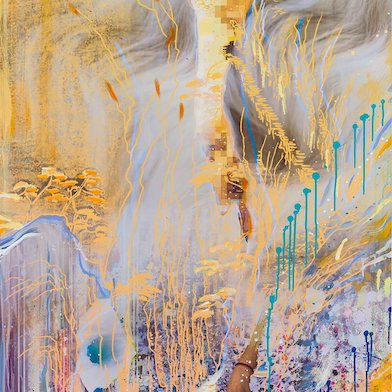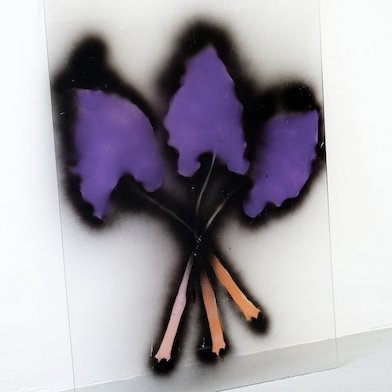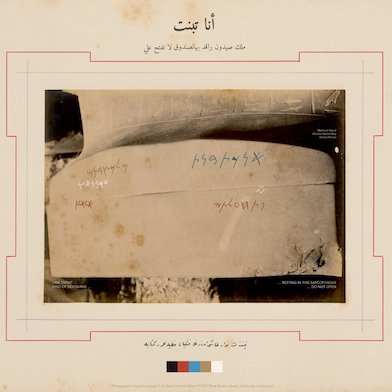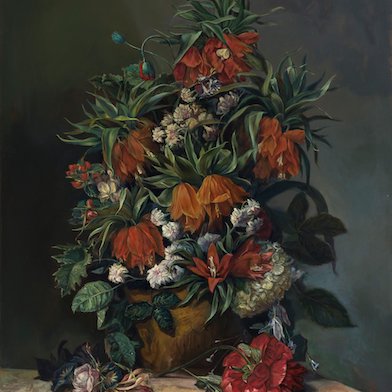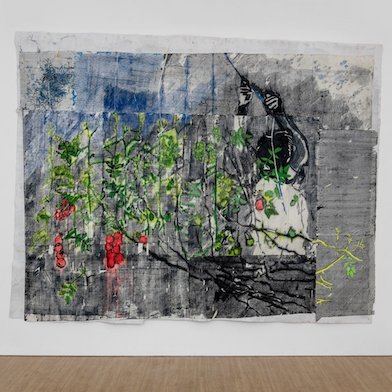Open: Tue-Sat 10am-6pm
Visit
Paul Klee: 1939
David Zwirner 20th St, New York
Artist: Paul Klee
David Zwirner presents Paul Klee: 1939, on view at 537 West 20th Street, New York. This is the gallery’s inaugural exhibition of Paul Klee’s (1879–1940) work since announcing its exclusive collaboration with the Klee Family. The exhibition focuses on Klee’s art from 1939, the year before he passed away, which marked one of the artist’s most prolific periods.
Artworks
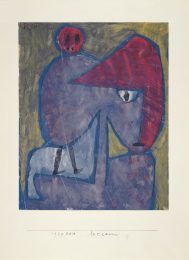
Watercolor, tempera, and pencil on paper on cardboard
© Klee Family. Courtesy David Zwirner
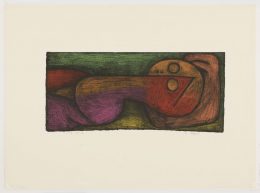
Grease crayon and pencil on primed paper on cardboard
© Klee Family. Courtesy David Zwirner
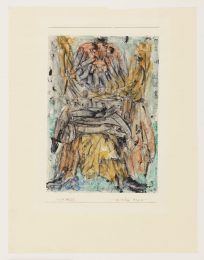
Colored paste, crayon, and watercolor on paper on cardboard
© Klee Family. Courtesy David Zwirner
Added to list
Done
Removed
Installation Views
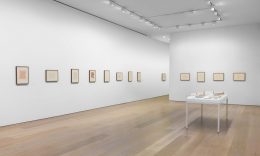
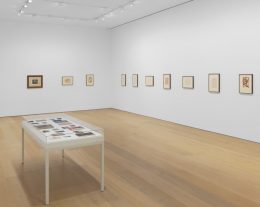
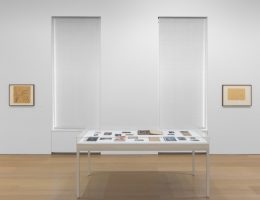
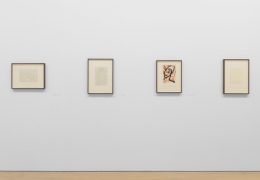
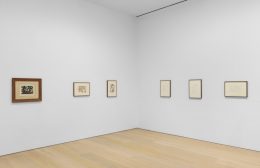
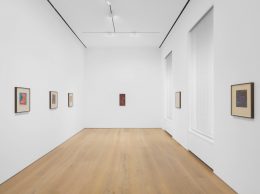
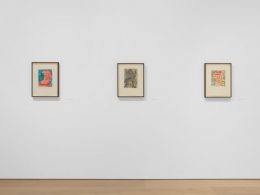
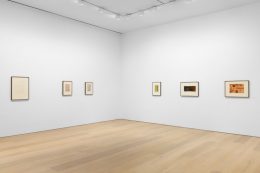
Toward the end of 1933, in response to the suppression of avant-garde art practices by the newly empowered Nazi party, Klee left Germany, where he had primarily lived since 1906, and returned to his native city of Bern, Switzerland, residing there for the remainder of his life. From 1935 until his death in 1940, Klee continually struggled with illness, which at times impacted his ability to make art. Yet, in 1939, against the backdrop of immense sociopolitical turmoil and the outbreak of war, Klee worked with a vigor and inventiveness that rivaled even the most productive periods of his youth. As Matthias Bärmann notes, “Klee seems to have derived a paradoxical vitality from the conscious, profound process of coming to terms with disease and the approach of death, a vitality that significantly transformed his art,” adding that: “Out of the physical and emotional suffering of his exile he took his art through a final metamorphosis, achieved one last pinnacle. Like only Matisse and Picasso among modern artists, Klee created a late work of singular rank.”(1)
Klee found a growing audience in the United States for his work during this time. His art was featured in several prominent gallery exhibitions in the late 1930s, including the first exhibitions in the United States of his late-period work, organized by the renowned gallerist Karl Nierendorf, Klee’s general representative in the US. His work was also featured in major shows at The Museum of Modern Art, New York, including Bauhaus 1919–1928 (1938) and Art in Our Time, the inaugural exhibition held in the museum’s iconic Bauhaus-inspired building on West 53rd Street, which opened on May 10, 1939. Klee also counted among the advanced modern artists cited in Clement Greenberg’s famed 1939 essay “Avant-Garde and Kitsch,” a text that outlined a theory of modern art that was pitted against totalitarian aesthetics.
The works on view in 1939 illustrate how Klee responded to his personal difficulties and the broader social realities of the time through imagery that is at turns political, solemn, playful, humorous, and poetic. Like a diary, the drawings are often meditative reflections on the pains and pleasures of life. In several works, knotted masses of graphic lines appear to articulate the strain and difficulties that Klee experienced later in life. In others, cloud-like figures or forms project a sense of calm and dreamlike ease. The artist’s mastery of line is matched by his sensitive treatment of color. At times, color appears as a free-floating force that infuses the surface of his paper supports. In other instances, Klee uses color to emphasize contour lines or create bold contrasts within mask-like faces. The featured works all testify to Klee’s restless drive to experiment with his forms and materials, which include adhesive, grease, oil, chalk, and watercolor, among others, resulting in surfaces that are not only visually striking, but also highly tactile and original. Though Klee worked almost exclusively on paper during this period, a rare painting on canvas from 1939 will also be on view that features a distinct composition of bold reds and oranges mixed with stark black lines and gridding, a key form in Klee’s art that he explored throughout his career.
The exhibition speaks to the novelty and ingenuity of Klee’s late works, which informed the art of the generation of artists that emerged after World War II, and continues to hold relevance and allure for artists and viewers alike today. Coinciding with the centennial anniversary of the founding of the Bauhaus, the show will be on view concurrently with the gallery’s presentation of works by Anni Albers, who was one of Klee’s students at the Bauhaus and often praised and credited Klee as being a significant influence on her art.
Paul Klee was born as a German citizen in Münchenbuchsee near Bern, Switzerland, in 1879. In 1921, he was appointed to the faculty of the Bauhaus by Walter Gropius, the founder and first director of the school, where he taught and worked as a “form master” from 1921 to 1925, while the school was in Weimar, and as a professor from 1926 to 1931, when the school was located in Dessau.
Alfred H. Barr, Jr., the first director of The Museum of Modern Art, New York, had become familiar with Klee’s art in the 1920s and presented an exhibition of his work in March of 1930, the institution’s first solo show of a living European artist. In 1935, Klee’s work was the subject of major retrospectives at the Kunsthalle Bern and the Kunsthalle Basel. In 1940, shortly before he passed away, Klee had a solo exhibition of new work at the Kunsthaus Zürich. In 1941, a traveling memorial exhibition was organized by The Museum of Modern Art, New York, and toured additional venues across the United States, including the San Francisco Museum of Art.
Klee’s work has been the subject of major retrospectives and traveling solo exhibitions at institutions worldwide. Most recently, the Centre Georges Pompidou, Paris, held Paul Klee: Irony at Work in 2016; Fondation Beyeler, Basel, hosted a major retrospective from 2017 to 2018; Pinakothek der Moderne, Munich, featured Paul Klee: Construction of Mystery in 2018; and Museo delle culture (MUDEC), Milan, presented Paul Klee: Alle origini dell’arte (Paul Klee: At the origins of art) from 2018 to 2019. Paul Klee: Equilíbrio Instável, which debuted at Centro Cultural Banco do Brasil, São Paulo, is being presented at Centro Cultural do Brasil, Rio de Janeiro, through August 12, 2019, and is on view at Centro Cultural do Brasil, Belo Horizonte, from August 27 through November 18, 2019.
In 1947, after the death of Paul Klee’s widow, four prominent collectors in Bern established the Paul Klee Foundation, which was housed in the Kunstmuseum Bern until 2004. On the occasion of a large donation of works from the Klee Family, the foundation was absorbed into a new museum dedicated to the artist. In 2005, the Zentrum Paul Klee opened as an independent institution and research center with a building designed by Renzo Piano. Klee’s work is in the permanent collections of countless major museums around the world.
